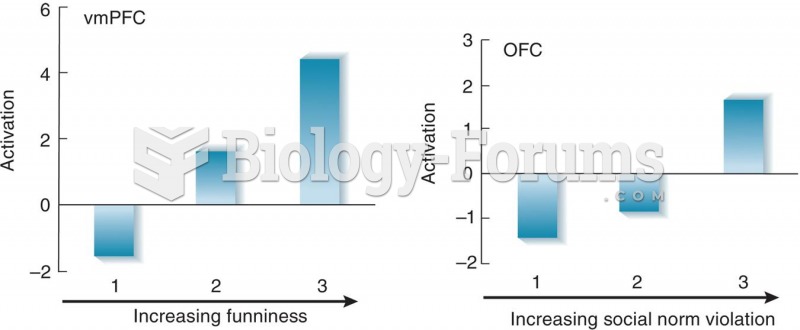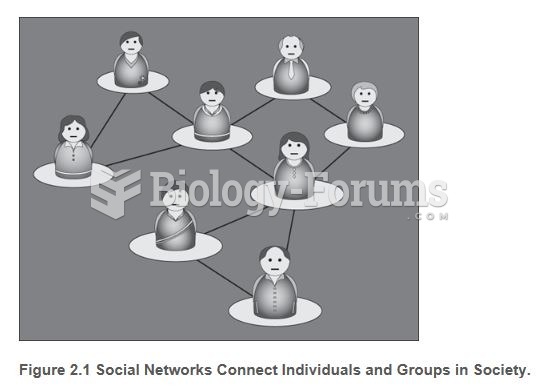Answer to Question 1
Social dilemmas are situations in which each person can increase his or her individual gains by acting in a purely selfish manner; however, if others also act selfishly, then the outcomes experienced by all will be reduced. As a result, persons in such situations must deal with mixed motives. There are reasons to cooperate (such as avoiding negative outcomes for all), but there are also reasons to compete (to do what is best for oneself), since if only one or a few persons engage in such behavior, they will benefit while the others will not.
Answer to Question 2
Answer: Stress is caused by personal factors and by job-related factors called stressors. Change of any kind personal or job-related has the potential to cause stress because it involves demands, constraints, or opportunities.
The five major categories of organizational stressors are: task demands, role demands, interpersonal demands, organization structure, and organizational leadership.
Task demands are factors related to an employee's job. They include the design of a person's job (autonomy, task variety, degree of automation), working conditions, and the physical work layout. Work quotas can put pressure on employees when their outcomes are perceived as excessive. The more the interdependence between an employee's tasks and the tasks of others, the greater is the potential for stress. Autonomy, on the other hand, tends to lessen stress. Jobs in which temperatures, noise, or other working conditions are dangerous or undesirable can increase anxiety. So, too, can working in an overcrowded room or in a visible location where interruptions are constant.
Role demands relate to pressures placed on an employee as a function of the particular role he plays in the organization. Role conflicts create expectations that may be hard to reconcile or satisfy. Role overload is experienced when the employee is expected to do more than time permits. Role ambiguity is created when role expectations are not clearly understood and the employee is not sure what he has to do.
Interpersonal demands are pressures created by other employees. Lack of social support from colleagues and poor interpersonal relationships can cause considerable stress, especially among employees with a high social need.
Organization structure can increase stress. Excessive rules and an employee's lack of opportunity to participate in decisions that affect him or her are examples of structural variables that might be potential sources of stress.
Organizational leadership represents the supervisory style of the organization's managers. Some managers create a culture characterized by tension, fear, and anxiety. They establish unrealistic pressures to perform in the short run, impose excessively tight controls, and routinely fire employees who do not measure up. This style of leadership filters down through the organization and affects all employees.







